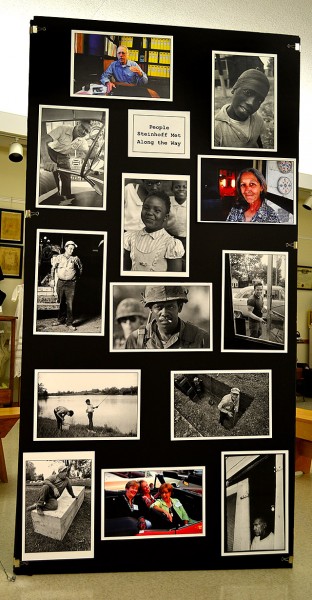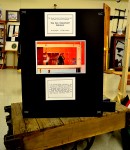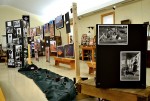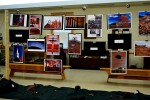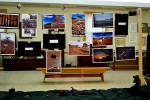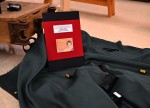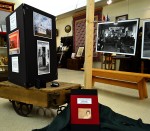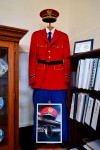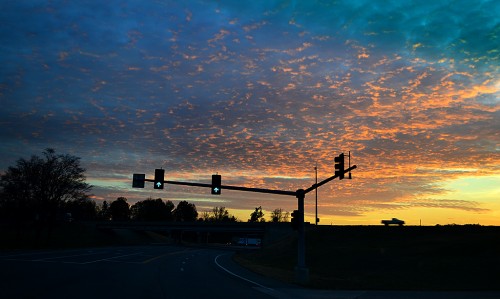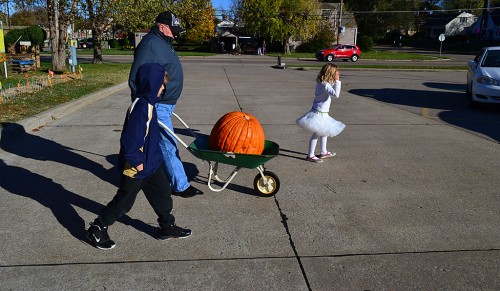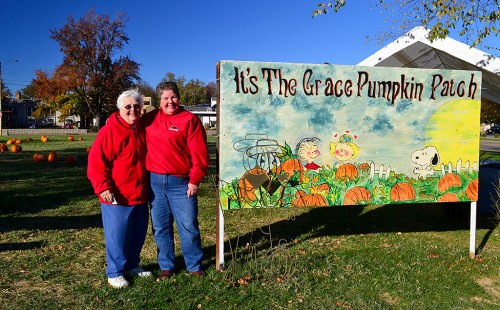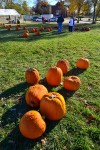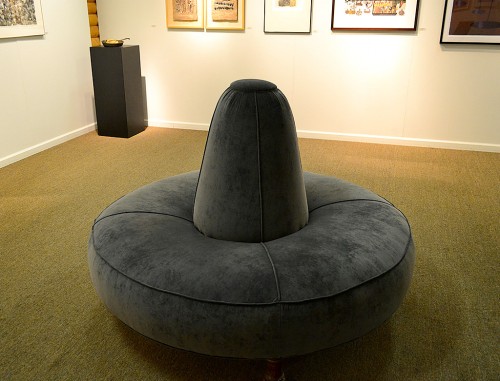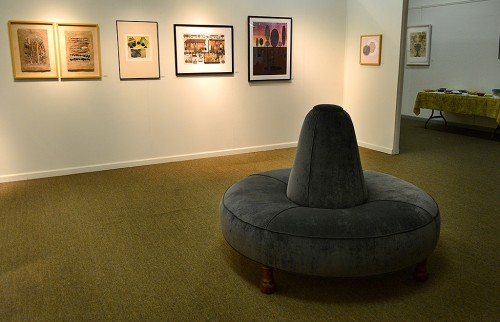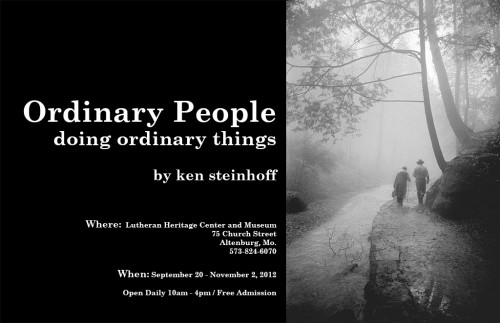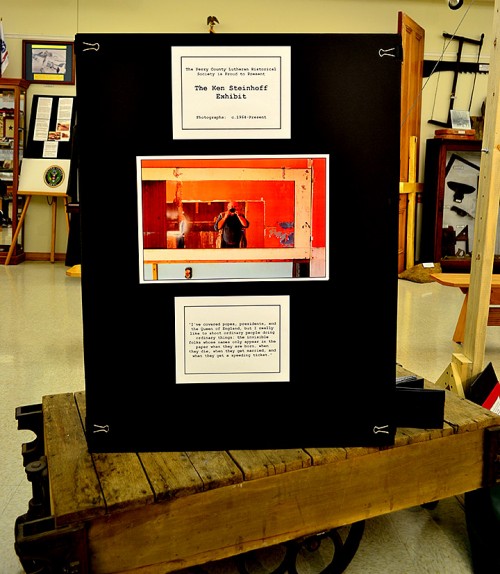 Having my photos exhibited at the Lutheran Heritage Cultural Center and Museum and speaking at the Immigration Conference in Altenburg and a DAR meeting in Cape is heady stuff for a newspaper photographer. Every time I start thinking I’m going to have to go out and buy a bigger hat, I return to my roots.
Having my photos exhibited at the Lutheran Heritage Cultural Center and Museum and speaking at the Immigration Conference in Altenburg and a DAR meeting in Cape is heady stuff for a newspaper photographer. Every time I start thinking I’m going to have to go out and buy a bigger hat, I return to my roots.
I’ve had days when I shot a photo I really liked: it captured the essence of a moment or the soul of the subject. I’d pull back and bask in that proud moment when I are sure that I have produced something of lasting value.
Then, I’d go to the first assignment the next day and see my photo staring up from the bottom of a bird cage or spread out on the floor for a dog’s duty.
That goes a long way toward keeping you humble.
Show ends November 9
Carla Jordan and her staff tell me that a fair number of my readers have made the pretty drive to Altenburg. For any of you who have been putting it off, better saddle up. The show is coming down November 9 or thereabouts to make way for the annual Christmas Tree exhibit.
Friend Shari is bring some of her St. Louis friends down to see the pictures, so I’m going to hang out with them in Altenburg for awhile Saturday afternoon. I’m not exactly sure when we’re going to be there or how long we’ll be around, but you can call the museum at 573-824-6070 to see if we’ve been there yet, are there or have left.
There are two 2013 calendars, a Tower Rock Book and a catalog of the exhibit photos on sale in the gift shop. (They will also do mail order.) Here is more information about how you can obtain the publications. There are also a limited number of prints available.
Photo gallery of exhibit pictures
Click on any photo to make it larger, then click on the left or right side of the image to move through the gallery gallery.

